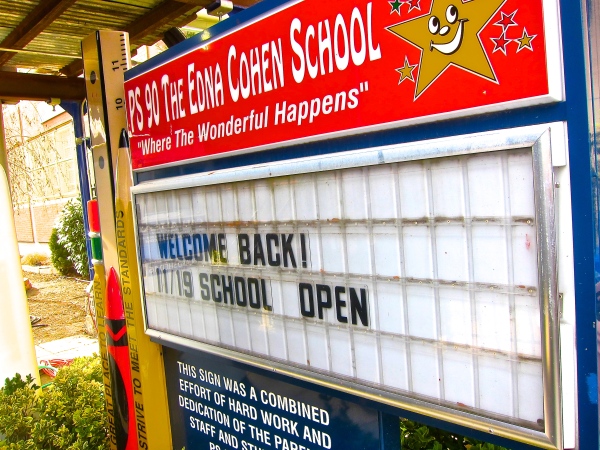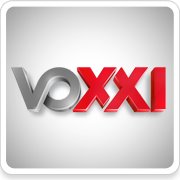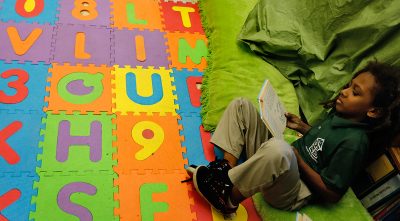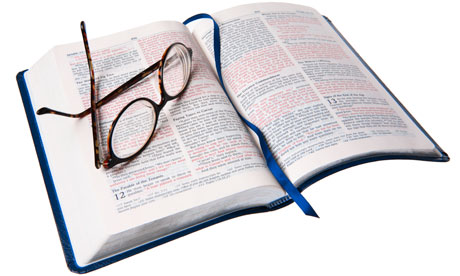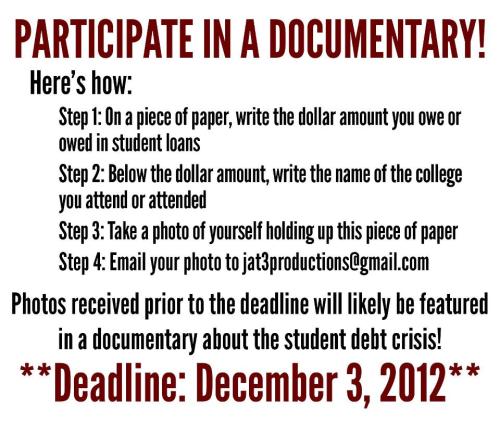Personal Finance Education Resources | Economic Education Resources:
St. Louis Fed Adds Free Educational Materials for Economics and Personal Finance
Economics and Personal Finance Education Resources
We have award-winning, FREE classroom resources for K-16 educators to use to teach about money and banking, economics, personal finance and the Federal Reserve. We also have FREE resources for consumers and others who want to learn about economics, personal finance and the Federal Reserve.
Feature
ST. LOUIS ― The Federal Reserve Bank of St. Louis has added a dozen new materials to an already-robust supply of free personal finance and economic education resources for students and consumers.
The new materials can be found at the St. Louis Fed’s Econ Lowdown web site for economic education resources. They include online courses, simulated online chats, videos, an audio podcast, and a mobile app.
The number of states requiring personal finance curriculum in public high schools is on the rise, and adults of all ages are often overwhelmed by choices when trying to decide how to save for retirement.
With the St. Louis Fed’s latest tools, students and consumers alike can learn about anything from choosing between retirement plans, to completing a W-4 form, to the basics of supply and demand.
“With the nation still recovering from the worst economic crisis since the Great Depression, it’s crucial that everyone—particularly our students—prepare themselves for a healthy financial future,” said Mary Suiter, economic education officer at the St. Louis Fed.
Here is a complete list of the new materials:
Econ Lowdown also has a new and improved, more user-friendly and searchable web site, plus social media accounts. On the Econ Lowdown Facebook and Twitter pages, followers can find personal finance tips, information on new classroom materials, and economics context for headlines in the news.
The St. Louis Fed offers free downloadable lesson plans, interactive whiteboard activities, and online courses for classrooms ranging from elementary school to college. The organization reaches 275,000 students with its online tools and programming. Materials also are available to help the general public understand anything from inflation to saving for retirement.

















